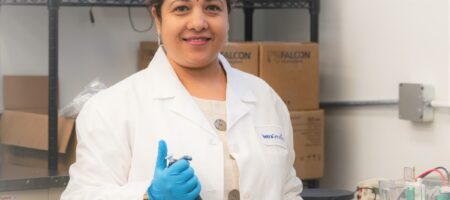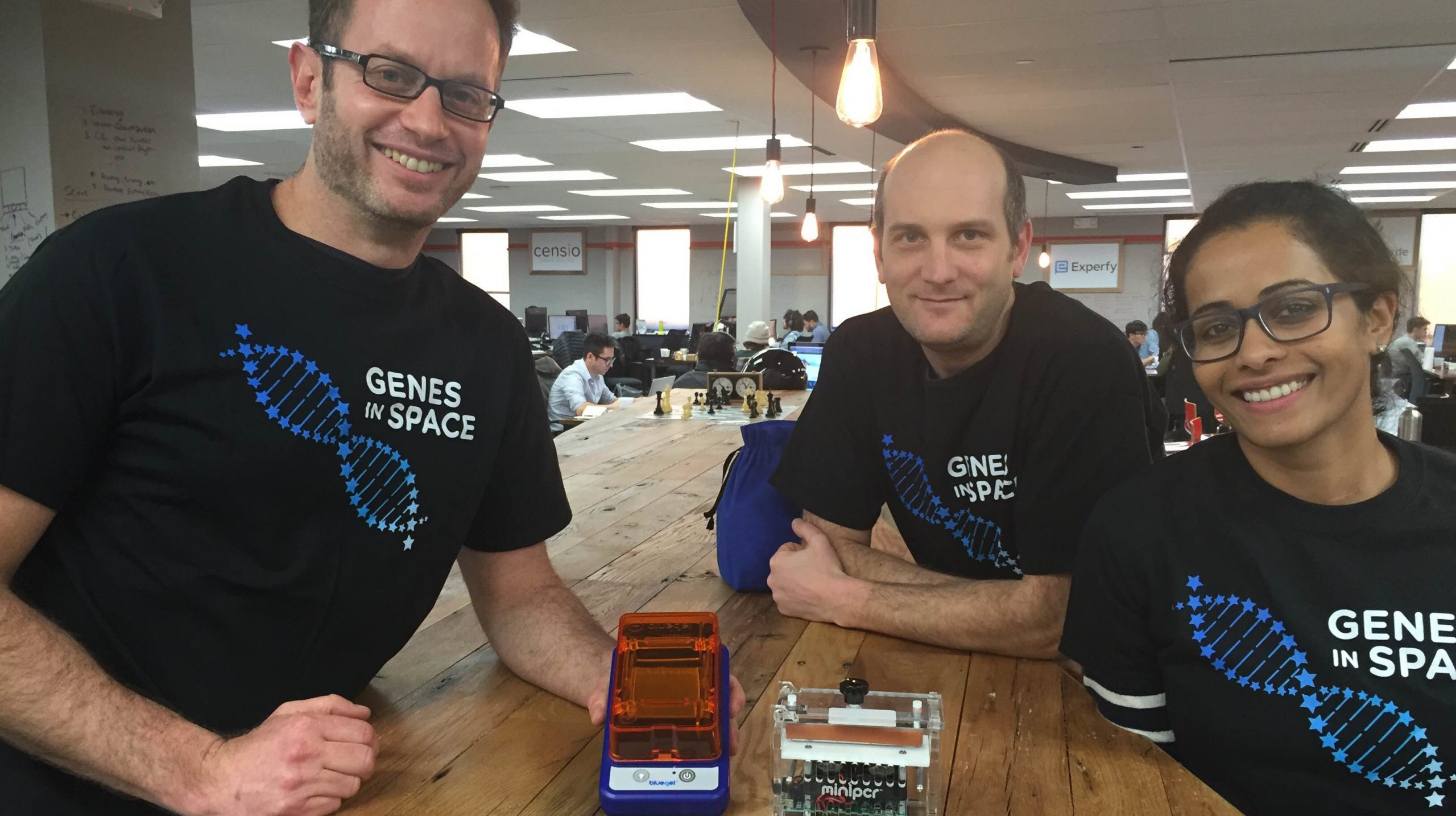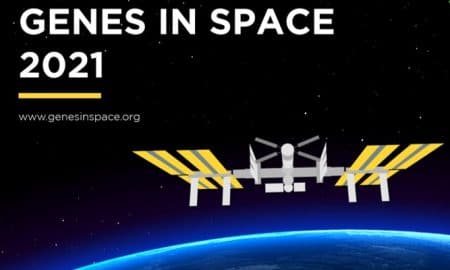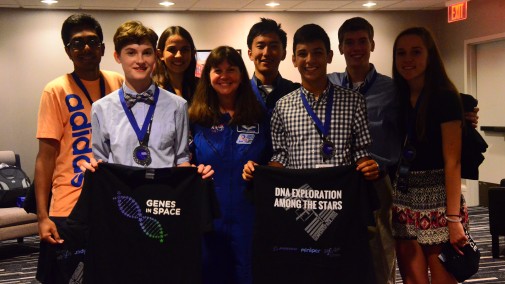Meet a Scientist: Pristine Onuoha is launching her research to space
One week before her high school graduation, Pristine Onuoha will travel to Cape Canaveral, FL to send some precious cargo up to the astronauts aboard the International Space Station (ISS). As winner of the 2022 Genes in Space contest, she is the mastermind behind Genes in Space-10, a novel space biology investigation scheduled to launch on June 3, 2023 aboard Commercial Resupply Mission (CRS)-28. We caught up with Pristine ahead of the launch to capture her thoughts on this exciting milestone.
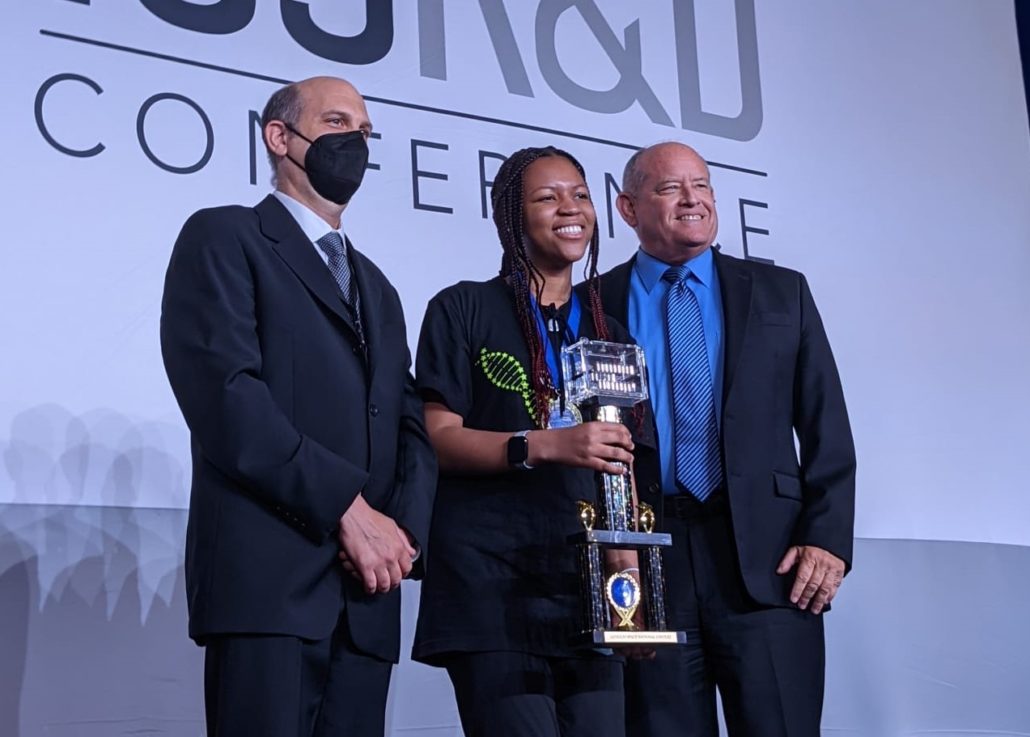
Tell us about the experiment you’re launching this summer.
In space, there isn’t a good way to measure the length of DNA strands. Instead, space research experiments that require that kind of analysis have to be sent down to Earth for further testing, which costs time and resources. To help make more kinds of space research feasible, our experiment will allow astronauts on the International Space Station (ISS) to detect whether two strands of DNA are of different lengths.
How did you get interested in this type of research?
I first got interested in NASA’s Twins Study. This study compared the physiology of Astronauts Mark and Scott Kelly while one spent a year in space and the other spent the same year on the ground. Among other things, this research showed that astronauts’ telomeres lengthen when they spend time in space. Telomeres are DNA structures that sit on the ends of our chromosomes and typically shorten as we age, so it was weird to see that they get longer during spaceflight. My idea was to study the basis of that lengthening. But after I won the contest and we started to get the experiment ready for launch, we realized we had to take a step back and first establish a good method for comparing the lengths of different DNA segments before we could answer my research question.
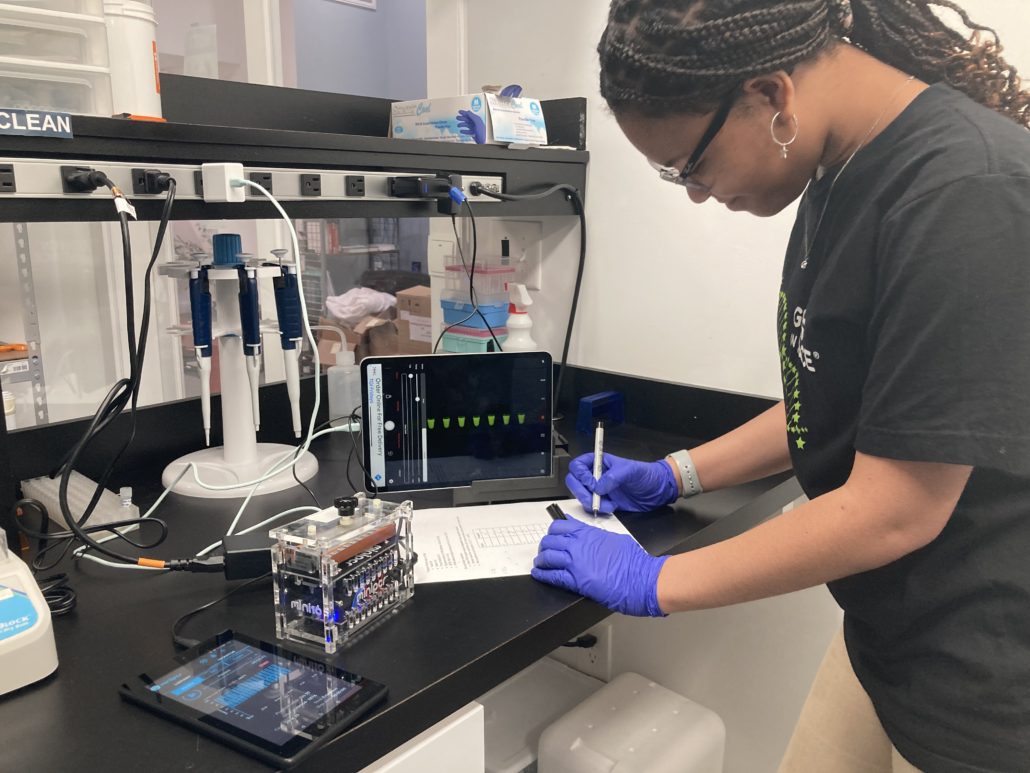
How will your study contribute to the field of space biology?
Once we establish this procedure, it could be applied to answer lots of questions beyond measuring telomere length. For example, we know that since astronauts are exposed to high levels of cosmic radiation, they experience a higher rate of DNA mutations, which may include insertions or deletions that would be detectable through an assay like the one we are establishing with Genes in Space-10. Additionally, the procedure could be used for DNA length pre-screening in research experiments aboard the ISS, or to provide a stepping for future space research involving DNA length analysis.
What are you looking forward to beyond seeing your experiment launch?
In the fall, I’ll be heading off to UNC-Chapel Hill and I plan to major in either biology or biochemistry. My goal is to be involved in biomedical research in the future, so I’m excited to dive deep into STEM throughout my college experience.
What is your advice to a student considering applying to Genes in Space next year?
Don’t be afraid to explore the field of space biology and pursue your interests in it! There’s so much we don’t know about the field, but that leaves you with so much to explore!

